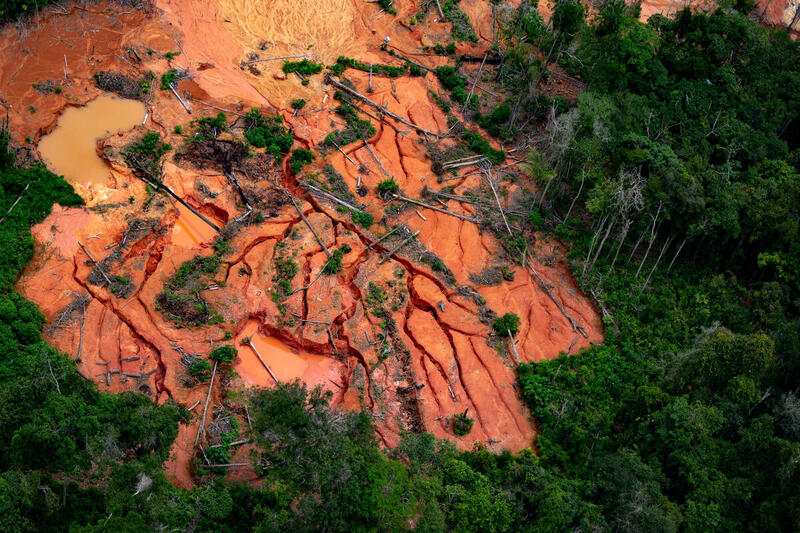Despite the good intentions and recent actions of the new federal government in favor of the Amazon, forest protection is a responsibility of all of society and all levels of power.
Exposing the terrible state of the Yanomami people clearly shows the level we have reached from the point of view of social and environmental degradation that illegal activities in the Amazon are causing to indigenous populations and the region as a whole.
The states in the Amazon region have the lowest Human Development Index (HDI) among Brazilian states. The predatory model of exploitation of natural resources in the region is undoubtedly responsible for this critical picture. The report “Illegality and Violence in the Amazon” — published in the Amazônia 2030 project — reveals that the region has become one of the most violent in the world, boosted by irregular land occupation and the illegal exploitation of wood and gold. This report analyzes the evolution of violence in the Legal Amazon over the last 20 years, focusing on the relationship between violent events or homicides and illegal activities related to environmental crimes. And the grabbing of public lands, which belong to us, dominates the rate of deforestation.
This model threatens the country on several fronts. The first is food security, as much of the rain that irrigates agribusiness in the center-west of Brazil comes from the Amazon. And the change in the rainfall profile also threatens our energy security by compromising the production of hydroelectricity. Our economic security is also threatened, both current and future (bioeconomy), which also depends on the forest and its biological diversity.
Furthermore, our climate security is at risk. Deforestation and forest degradation can release close to 100 billion tons of carbon, equivalent to the global emission of greenhouse gases for ten years.
‘Social tipping point’
How far can we go in escalating social and environmental violence on our planet?
It’s not just the burning of fossil fuels or deforestation. Still, it’s the view that every business or government on our planet has to explore every possibility to make money as quickly as possible, no matter the social, economic, environmental or climate consequences. This vision is also present in our representatives in congress, in legislative assemblies, in state governments and municipal governments.
It’s not just the burning of fossil fuels or deforestation. Still, it’s the view that every business or government on our planet has to explore every possibility to make money as quickly as possible, no matter the social, economic, environmental or climate consequences.
Paulo Artaxo, professor at USP’s Institute of Physics and member of the Intergovernmental Panel on Climate Change (IPCC)
Would we be close to a “social tipping point” in the Amazon? A point where social degradation reaches a point of no return? Are we close to a “climatic tipping point”? Two recent articles in Science magazine carried out by the Science Panel for Amazônia team point to increasing risks of reaching a climatic tipping point, where the forest may not be able to survive with what we know today. Forest degradation caused by climate change and the predatory model of land use in the Amazon could lead the ecosystem to a state of no return. We have little time to act and avoid this environmental collapse.
The actions of the new government, creating the Ministry of Indigenous Peoples, the National Secretariat for Climate Change, reactivating the Amazon Fund, and acting to protect the Yanomami people are certainly going in the right direction. A strong and present State is fundamental so that areas with valuable natural resources are monitored so that public lands are protected, and private property rights are guaranteed, guaranteeing the rights of the original peoples.
The task will undoubtedly be challenging since the easy profit of illegality and environmental and social destruction contaminates the region’s legislatures and judiciary. The recent actions of the new federal government are heading in the right direction but putting the Amazon region back on the side of economic and social development with sustainability is a challenge for all Brazilian society.
The opinions expressed in this article are the writer’s own.



